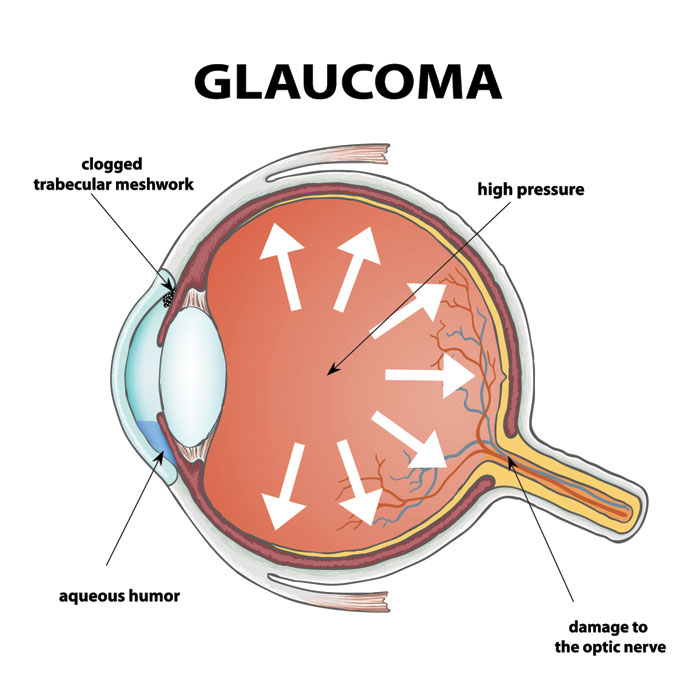Debunking the Misconceptions About Glaucoma: Myths vs Facts
I. Introduction
Glaucoma is a group of eye diseases that damage the optic nerve, often leading to irreversible vision loss if not detected and treated early. This condition is one of the leading causes of blindness worldwide, yet misconceptions continue to circulate, preventing people from seeking timely care.
This article aims to debunk common myths about glaucoma and provide factual, science-backed information so you can protect your vision and take proactive steps for eye health.
II. Myth #1: Glaucoma Only Occurs with Elevated Eye Pressure
Explanation of the myth:
A widely accepted misconception is that glaucoma only develops when eye pressure is high, also known as intraocular pressure (IOP).
Facts and statistics:
While elevated IOP is a significant risk factor, it is not the only cause. Glaucoma can occur even with normal eye pressure—a condition known as normal-tension glaucoma. Conversely, some individuals with high eye pressure never develop glaucoma. Research suggests that 30–40% of people with glaucoma have normal IOP levels.
Why this matters:
Relying on eye pressure alone for diagnosis can lead to missed cases. A complete eye exam—including optic nerve evaluation and visual field testing—is essential for accurate detection.
III. Myth #2: Surgery Cures Glaucoma
Explanation of the myth:
Many people believe surgery can permanently cure glaucoma, eliminating the need for further treatment.
The truth about surgical treatments:
Procedures like trabeculectomy or drainage tube implantation help lower eye pressure, reducing damage to the optic nerve. However, these surgeries do not reverse existing vision loss or eliminate the need for continued care. Glaucoma is a lifelong condition requiring regular monitoring, even after surgery.
Importance of continued management:
Patients may still need medications or additional treatments to maintain target eye pressure levels. Consistent follow-up appointments are vital to prevent progression.
IV. Myth #3: People with Good Vision Can’t Have Glaucoma
Explanation of the myth:
Another common misconception is that glaucoma only affects individuals with poor vision.
The reality of early stages:
In its early stages, glaucoma often has no noticeable symptoms. Peripheral vision is usually affected first, which can go unnoticed for years. By the time central vision is impacted, significant damage may have already occurred.
Why regular check-ups matter:
Good vision does not guarantee healthy eyes. Comprehensive eye exams are the only way to detect glaucoma early and prevent irreversible vision loss.
V. Facts About Glaucoma
-
Regular Eye Exams Save Vision: Early detection is the key to managing glaucoma and preventing blindness.
-
Know the Risk Factors: Age, family history, ethnicity, diabetes, and other eye conditions increase your risk.
-
Healthy Lifestyle Helps: Maintaining a balanced diet, exercising regularly, and avoiding smoking can support overall eye health.
-
Glaucoma Has No Cure, But It Can Be Controlled: With proper treatment and monitoring, most patients maintain their vision for life.
VI. Conclusion: Moving Forward with Correct Knowledge
Dispelling myths about glaucoma is essential to break down barriers to care and prevention. Remember: glaucoma is often silent but never harmless. The only way to safeguard your sight is through awareness, proactive eye care, and timely treatment.
Take control of your eye health today. Schedule regular comprehensive eye exams and seek professional advice whenever you have concerns. Your vision is irreplaceable—don’t let misconceptions put it at risk.




